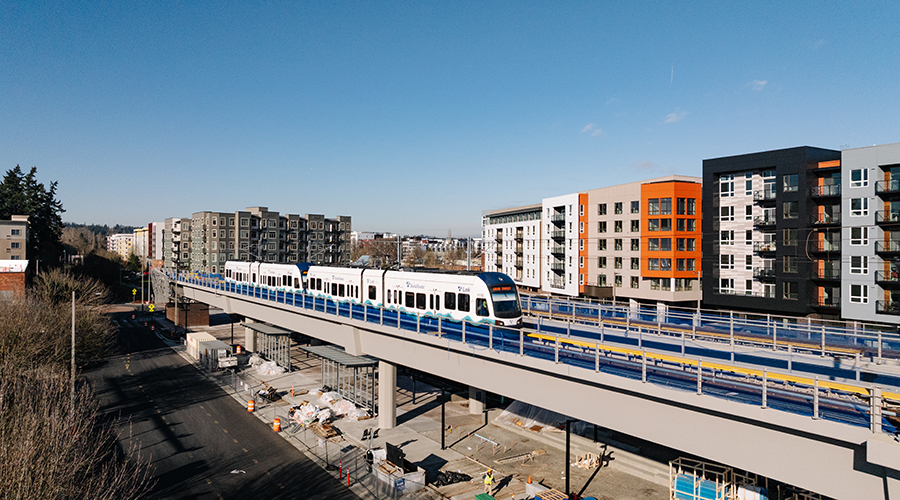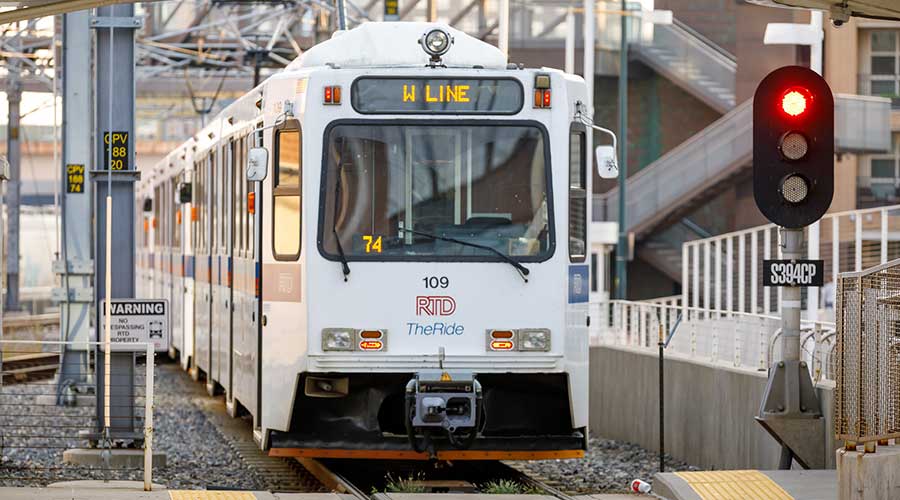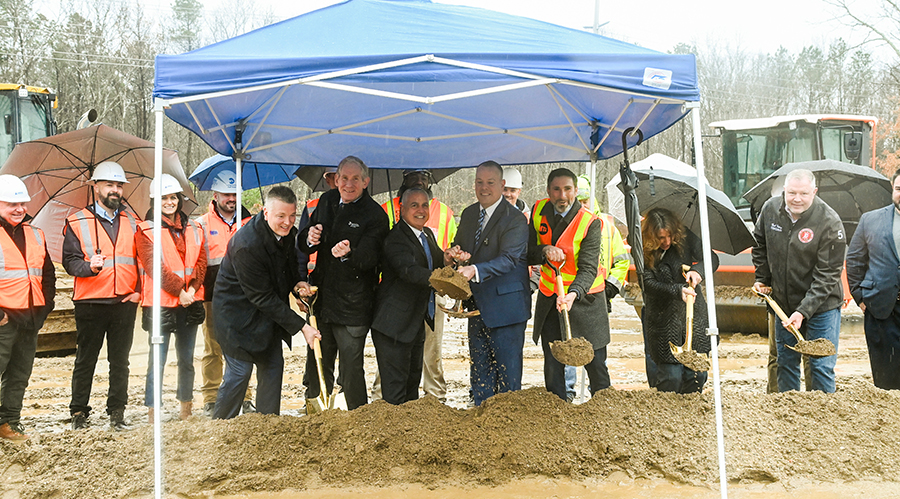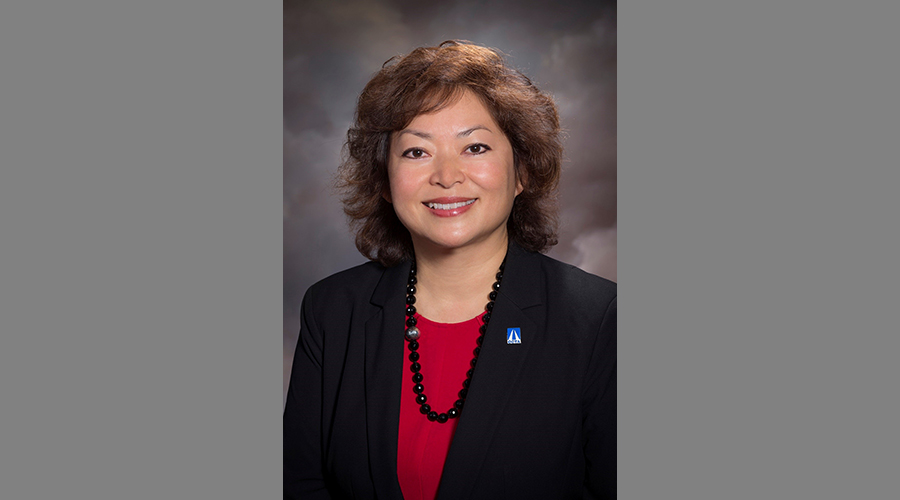Stay updated on news, articles and information for the rail industry
6/1/2015
Rail News: Federal Legislation & Regulation
NARS meeting: Freight-rail execs mull ECP brake mandate's implications
By Daniel Niepow, Associate Editor
The U.S. Department of Transportation’s (USDOT) long-awaited final rule on transporting flammable liquids by rail generated a smattering of dissenting views when it debuted last month. Some legislators said the rule was not strict enough, while others in the rail industry took issue with the rule’s mandate to install electronically controlled pneumatic (ECP) brakes on cars carrying certain hazardous liquids, such as crude oil or ethanol.
That uncertainty and apprehension was evident last week at the North American Rail Shippers Association (NARS) annual conference at the Drake Hotel in Chicago, where freight-rail execs voiced concerns about employing the braking technology. Under the rule, ECP brakes need to be employed on any trains carrying high-hazard flammable liquids by 2021.
"[ECP] remains unproven and unreliable," BNSF Railway Co. President and Chief Executive Officer Carl Ice said in his opening remarks on May 27.
Ed Hamberger, president and CEO of the Association of American Railroads, later said the USDOT itself has determined that ECP brakes would not prevent derailments.
"[The USDOT's] entire safety case is based on the faster application of the brakes, which would therefore dissipate the kinetic energy," said Hamberger, adding that the stipulation to implement the technology should have been “left on the cutting room floor” when the federal agency crafted the rule.
He then laid out three possible avenues the freight-rail industry could take to oppose the ECP brake rule: issue an appeal directly through the USDOT by June 5, the allotted 30-day timeframe after the rule’s release; file an appeal in circuit courts, which Hamberger said the American Short Line and Regional Railroad Association (ASLRRA) already has done; or lobby for legislation that would defer the rule while the U.S. Government Accountability Office assesses the ECP brake mandate’s safety value.
"None is particularly compelling," Hamberger said of the options available.
During her address on May 27, ASLRRA President Linda Bauer Darr spoke about the expenses involved with new federal regulations in general, including the ECP brake stipulation.
"The costs of these new mandates will run into hundreds of millions, if not billions, of dollars," she said. "To me, it's as if they're tossing darts at a target, and they're hoping that one of those darts will stick."
On the NARS conference’s second day, National Steel Car Co. Senior Vice President of Marketing and Sales Robert Pickel estimated that ECP brakes would add about $9,000 in costs per car for new tank cars. This year, about 38,000 tank cars will be produced, and the lead time to build a tank car is 12 to 18 months, he said.
"ECP is an all-or-nothing proposition. If a train is equipped with ECP, the brakes are installed on every car and locomotive," Pickel said.
While freight railroads face increased pressure from legislators, they also must grapple with concern from the general public. That became clear during Ice’s opening speech, which was interrupted by two protesters from Rising Tide Chicago, an environmental advocacy group focused on climate change. The protestors yelled, "Oil trains kill," before hotel security escorted them out. The conference continued without further interruption.
Managing Editor Jeff Stagl contributed to this report.


 LRW Honors Amtrak’s Acheson As Railway Woman Of The Year
LRW Honors Amtrak’s Acheson As Railway Woman Of The Year
 From Editor-In-Chief Foran: Of Gender Equity And Inclusion
From Editor-In-Chief Foran: Of Gender Equity And Inclusion
 Spotlight On Some Of Today’s Rail Safety Products
Spotlight On Some Of Today’s Rail Safety Products
 Women of Influence in Rail eBook
Women of Influence in Rail eBook
 railPrime
railPrime







